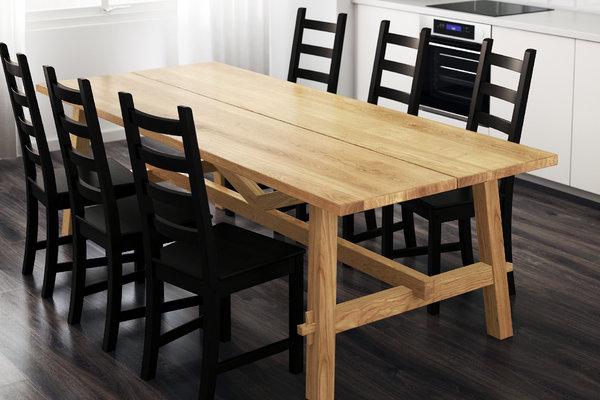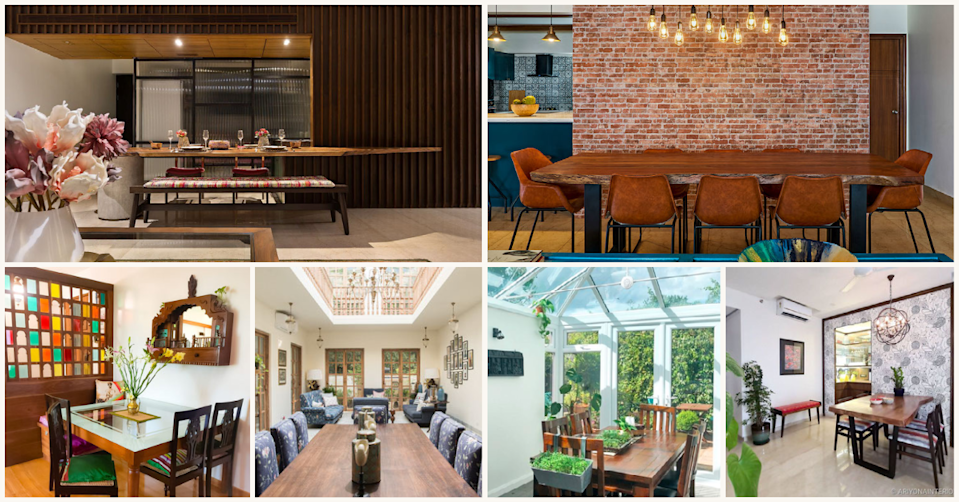Designing your dining room can seem like a daunting task, but with the right approach and a little bit of creativity, you can create a beautiful and functional space that you and your family will love. Whether you're starting from scratch or giving your current dining room a makeover, this step-by-step guide will help you achieve the perfect design for your space.Designing Your Dining Room: A Step-by-Step Guide
1. Start with a focal point such as a statement chandelier or a bold piece of artwork to anchor the room and set the tone for the rest of the design. 2. Consider the size and shape of your dining room when choosing a dining table. A round table can work well in smaller spaces, while a rectangular table can accommodate more guests in a larger room. 3. Don't be afraid to mix and match chairs to add visual interest. You can choose chairs in different styles or colors, or even mix and match different materials like wood and metal. 4. Lighting is essential in a dining room, so make sure to have multiple sources of light, including overhead lighting, table lamps, and sconces. 5. Add texture and warmth to your dining room by incorporating natural elements like wood, plants, and woven materials. 6. Consider the flow of the room when choosing a layout. Make sure there is enough space for people to move around comfortably and for chairs to be pulled out without bumping into walls or other furniture. 7. Use a neutral color palette for the walls and larger furniture pieces to create a timeless and versatile base, then add pops of color through accessories and decor. 8. Don't be afraid to think outside the box when it comes to seating. Incorporating a bench or a mix of chairs and a bench can add a unique touch to your dining room. 9. Consider the functionality of your dining room. If you frequently host large gatherings, make sure to have enough seating and space to accommodate everyone comfortably. 10. Have fun with the design and add personal touches that reflect your style and personality. After all, your dining room should be a reflection of you and your family.10 Tips for Designing the Perfect Dining Room
When designing your dining room, it's important to strike a balance between functionality and style. Here are some tips to help you achieve both: 1. Choose versatile and durable materials for your dining table and chairs. Opt for materials like wood or metal that can withstand everyday use and are easy to clean. 2. Incorporate storage solutions. If your dining room is on the smaller side, consider adding a buffet or sideboard to store extra dishes, linens, and servingware. 3. Create a designated space for your dining room essentials. Have a designated spot for items like napkins, placemats, and salt and pepper shakers to keep your table clutter-free. 4. Utilize wall space. Hang shelves or a wall-mounted cabinet to store items like glasses, wine bottles, or decor, freeing up space on your table and in your cabinets. 5. Incorporate multi-functional pieces. Consider using a bar cart as a serving station during meals and as a decorative piece when not in use.How to Create a Functional and Stylish Dining Room
If you have a small dining room, don't let that limit your design options. Here are some ideas to make the most out of your space: 1. Choose a round table. A round table takes up less space than a rectangular one and can create a more intimate and cozy dining experience. 2. Use a bench. A bench can be pushed against the wall when not in use, saving space and providing extra seating when needed. 3. Hang a mirror. A large mirror can make a small dining room feel bigger and brighter by reflecting light and creating the illusion of more space. 4. Opt for armless chairs. Armless chairs take up less space and can easily be pushed under the table when not in use. 5. Keep it simple. Avoid clutter and opt for a minimalist design to make your small dining room feel more spacious.Design Ideas for Small Dining Rooms
Even if you have a larger dining room, it's important to utilize the space effectively to create a functional and visually appealing design. Here are some tips to maximize space: 1. Choose a pedestal table. A pedestal table takes up less space than a table with four legs, allowing for more seating and easier movement around the table. 2. Consider a built-in banquette. A built-in banquette can provide extra seating and storage while also saving space. 3. Use a bar cart for storage and as a serving station. A bar cart can be moved around as needed and can be used to store items that may not fit in your cabinets or pantry. 4. Don't be afraid to use the walls. Hang shelves or a wall-mounted cabinet to store items and free up space on your table and in your cabinets. 5. Utilize vertical space. Hang a chandelier or pendant light to draw the eye upward and create the illusion of a taller space.Maximizing Space in Your Dining Room Design
Your dining room should be a warm and inviting space where you can gather with your loved ones. Here are some tips to create a cozy atmosphere: 1. Incorporate soft lighting. Use table lamps and dimmer switches to create a cozy and intimate ambiance. 2. Add textiles. Incorporate soft textiles like curtains, rugs, and throw pillows to add texture and warmth to the room. 3. Use warm colors. Opt for warm colors like reds, oranges, and yellows to create a cozy and inviting atmosphere. 4. Incorporate natural elements. Bring in natural elements like wood, plants, and flowers to add a touch of nature and create a warm and welcoming feel. 5. Don't forget about seating comfort. Make sure your chairs are comfortable and have enough padding for long dinners and gatherings.Creating a Cozy and Inviting Dining Room
Adding color to your dining room can bring life and personality to the space. Here are some tips for incorporating color into your design: 1. Choose a color scheme. Start by choosing one or two main colors and a few accent colors to create a cohesive and balanced look. 2. Use color in unexpected ways. Don't be afraid to add color through unexpected elements like painted chairs, a colorful rug, or a bold piece of artwork. 3. Incorporate different shades and tones. Using different shades and tones of the same color can add depth and interest to your dining room. 4. Consider the mood you want to create. Different colors can evoke different emotions, so consider the mood you want to create in your dining room and choose colors accordingly. 5. Balance bold colors with neutral elements. If you're using bold colors, balance them out with neutral elements to avoid overwhelming the space.Incorporating Color into Your Dining Room Design
When choosing furniture for your dining room, it's important to consider both style and functionality. Here are some tips to help you choose the right pieces: 1. Determine your needs. Consider your lifestyle and what you'll be using your dining room for. Will you be hosting large gatherings or using it as a more casual space for everyday meals? 2. Measure your space. Make sure to measure your dining room before purchasing furniture to ensure it will fit comfortably in the space. 3. Choose quality pieces. Investing in quality furniture will ensure it lasts for years to come and can withstand everyday use. 4. Consider the style of your home. Choose furniture that complements the style and decor of your home to create a cohesive look. 5. Don't be afraid to mix and match. Mixing and matching different styles and materials can add visual interest and create a unique and personalized look.Choosing the Right Furniture for Your Dining Room
If you frequently host gatherings and dinner parties, it's important to design your dining room with entertaining in mind. Here are some tips to create a space that is both functional and stylish for hosting guests: 1. Choose a table that can accommodate your guests. Consider a larger, extendable table or multiple smaller tables that can be pushed together to create a larger one. 2. Make sure there is enough seating. Have extra chairs or a bench on hand to accommodate unexpected guests. 3. Have designated spots for serving and storing items. Consider adding a buffet or sideboard for serving food and storing extra dishes and utensils. 4. Make it easy for guests to serve themselves. Set up a designated spot for drinks and appetizers to make it easy for guests to help themselves. 5. Consider the flow of the room. Make sure there is enough space for guests to move around comfortably without feeling crowded or bumping into furniture.Designing a Dining Room for Entertaining
Designing a dining room doesn't have to break the bank. Here are some budget-friendly ideas to create a stylish and functional space without overspending: 1. Shop secondhand. Look for furniture and decor at thrift stores, consignment shops, and online marketplaces to find unique and affordable pieces. 2. DIY your decor. Get creative and make your own artwork, centerpieces, and other decor pieces to add a personal touch to your dining room. 3. Repurpose items you already have. Give old furniture a new life by repainting, reupholstering, or repurposing it for a different use. 4. Mix and match high and low-end pieces. Splurge on a statement piece like a chandelier and save on smaller items like artwork and accessories. 5. Prioritize what's important to you. Focus on investing in pieces that are most important to you and opt for more affordable options for the rest.Budget-Friendly Dining Room Design Ideas
Designing a Dining Room That Will Wow Your Guests

The Importance of a Well-Designed Dining Room
 When it comes to designing a house, the dining room often gets overlooked. But in reality, the dining room is one of the most important spaces in a home. It's where we gather with friends and family, share meals and create memories. That's why it's crucial to design a dining room that is not only functional but also visually appealing. A well-designed dining room can elevate the overall ambiance of your home and make a lasting impression on your guests.
When it comes to designing a house, the dining room often gets overlooked. But in reality, the dining room is one of the most important spaces in a home. It's where we gather with friends and family, share meals and create memories. That's why it's crucial to design a dining room that is not only functional but also visually appealing. A well-designed dining room can elevate the overall ambiance of your home and make a lasting impression on your guests.
Consider Your Dining Room's Purpose
 Before diving into the design process, it's essential to consider the purpose of your dining room. Is it primarily used for formal dinners, or is it a casual space for everyday meals? Do you often host large gatherings, or is it a more intimate setting for smaller groups? Understanding the function of your dining room will help guide the design and layout decisions.
Before diving into the design process, it's essential to consider the purpose of your dining room. Is it primarily used for formal dinners, or is it a casual space for everyday meals? Do you often host large gatherings, or is it a more intimate setting for smaller groups? Understanding the function of your dining room will help guide the design and layout decisions.
Choose the Right Furniture
/orestudios_laurelhurst_tudor_03-1-652df94cec7445629a927eaf91991aad.jpg) The
furniture
is the focal point of any dining room and can make or break the space. When selecting a dining table, consider the size and shape of your room, as well as the number of people you typically entertain. Round tables are perfect for smaller spaces, while rectangular tables work well in larger rooms. Don't be afraid to mix and match different styles and materials to create a unique and inviting look.
The
furniture
is the focal point of any dining room and can make or break the space. When selecting a dining table, consider the size and shape of your room, as well as the number of people you typically entertain. Round tables are perfect for smaller spaces, while rectangular tables work well in larger rooms. Don't be afraid to mix and match different styles and materials to create a unique and inviting look.
Don't Forget About Lighting
 Proper lighting is crucial in any room, but it's especially important in a dining room.
Lighting
can set the mood and create a cozy atmosphere for your guests. Consider adding a chandelier or pendant lights above the dining table for a statement piece. You can also incorporate wall sconces or floor lamps for additional lighting and ambiance.
Proper lighting is crucial in any room, but it's especially important in a dining room.
Lighting
can set the mood and create a cozy atmosphere for your guests. Consider adding a chandelier or pendant lights above the dining table for a statement piece. You can also incorporate wall sconces or floor lamps for additional lighting and ambiance.
Add Personal Touches
 To truly make your dining room stand out, add personal touches that reflect your style and personality. This could be artwork, family photos, or unique decor pieces. These personal touches will make your dining room feel like a reflection of you and create a warm and welcoming atmosphere for your guests.
To truly make your dining room stand out, add personal touches that reflect your style and personality. This could be artwork, family photos, or unique decor pieces. These personal touches will make your dining room feel like a reflection of you and create a warm and welcoming atmosphere for your guests.
Incorporate Natural Elements
 Bringing in natural elements such as plants, flowers, or even a bowl of fresh fruit can add life and freshness to your dining room. Not only do they add a pop of color, but they also help create a sense of balance and harmony in the space.
In conclusion, designing a dining room is not just about aesthetics, but also about creating a space that is functional and inviting. By considering the purpose of the room, choosing the right
furniture
and lighting, adding personal touches, and incorporating natural elements, you can design a dining room that will wow your guests and make them feel right at home. So don't overlook this important space and let your creativity and personal style shine through.
Bringing in natural elements such as plants, flowers, or even a bowl of fresh fruit can add life and freshness to your dining room. Not only do they add a pop of color, but they also help create a sense of balance and harmony in the space.
In conclusion, designing a dining room is not just about aesthetics, but also about creating a space that is functional and inviting. By considering the purpose of the room, choosing the right
furniture
and lighting, adding personal touches, and incorporating natural elements, you can design a dining room that will wow your guests and make them feel right at home. So don't overlook this important space and let your creativity and personal style shine through.








/modern-dining-room-ideas-4147451-hero-d6333998f8b34620adfd4d99ac732586.jpg)

:strip_icc()/DesignedbyEmilyHendersonDesign_PhotobySaraTramp_8-10c43b6e9b6a4f529313664f218e5721.jpg)









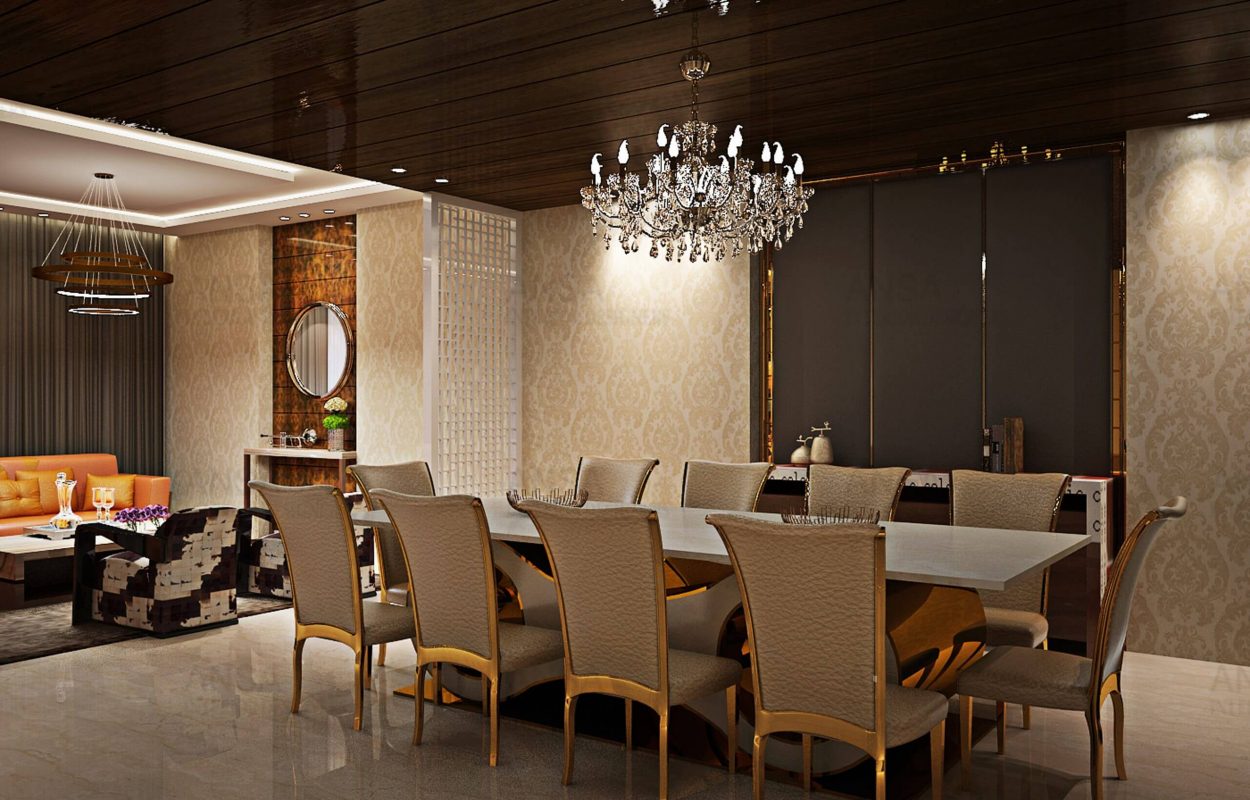

:max_bytes(150000):strip_icc()/2613301_Nashv3309_Breakfast-2000-23e6332da6a94ec88cd1a71428c671e6.jpg)
/BritDotDesign-8b46e062cea0449698fee377349d26c7.jpg)










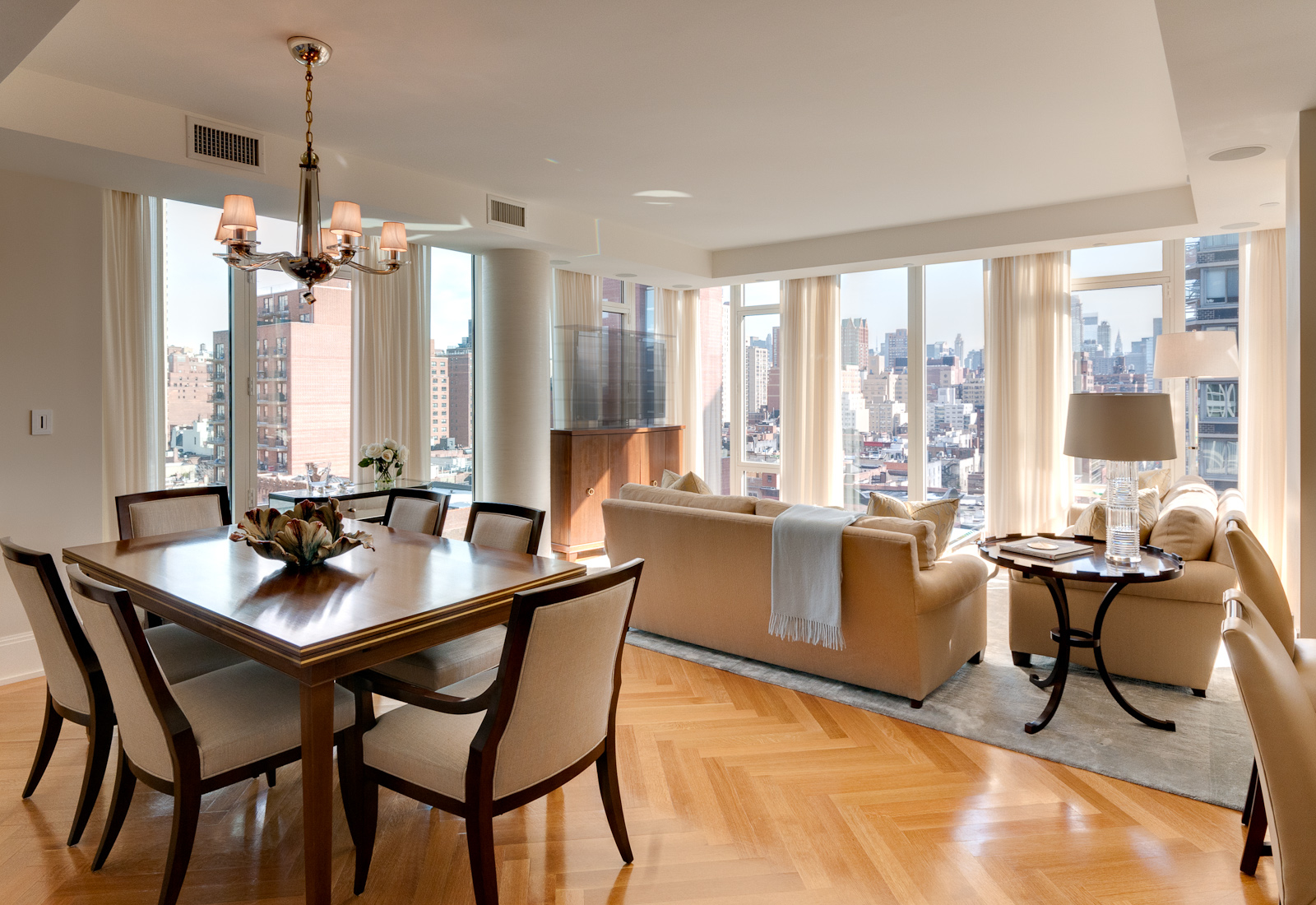


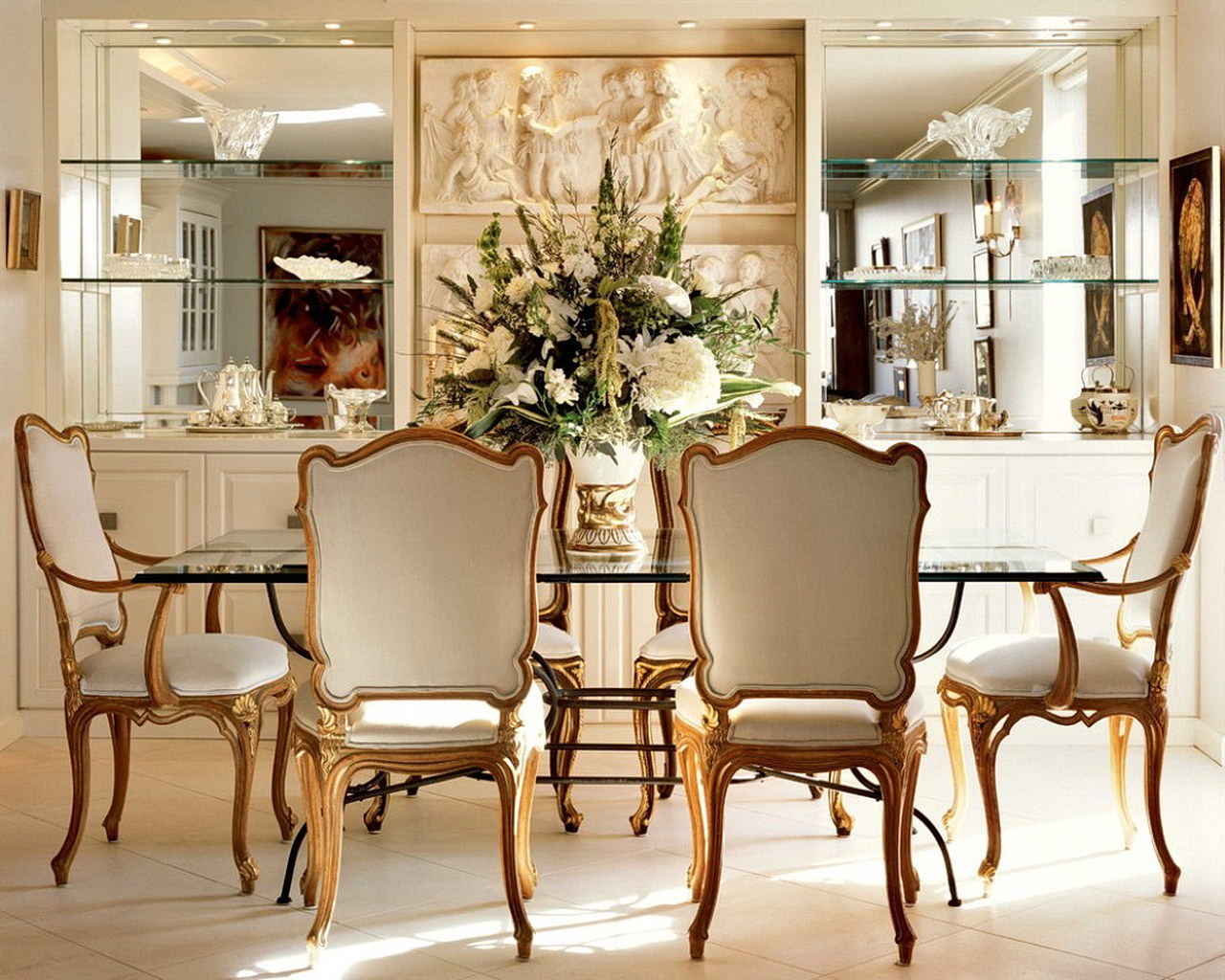






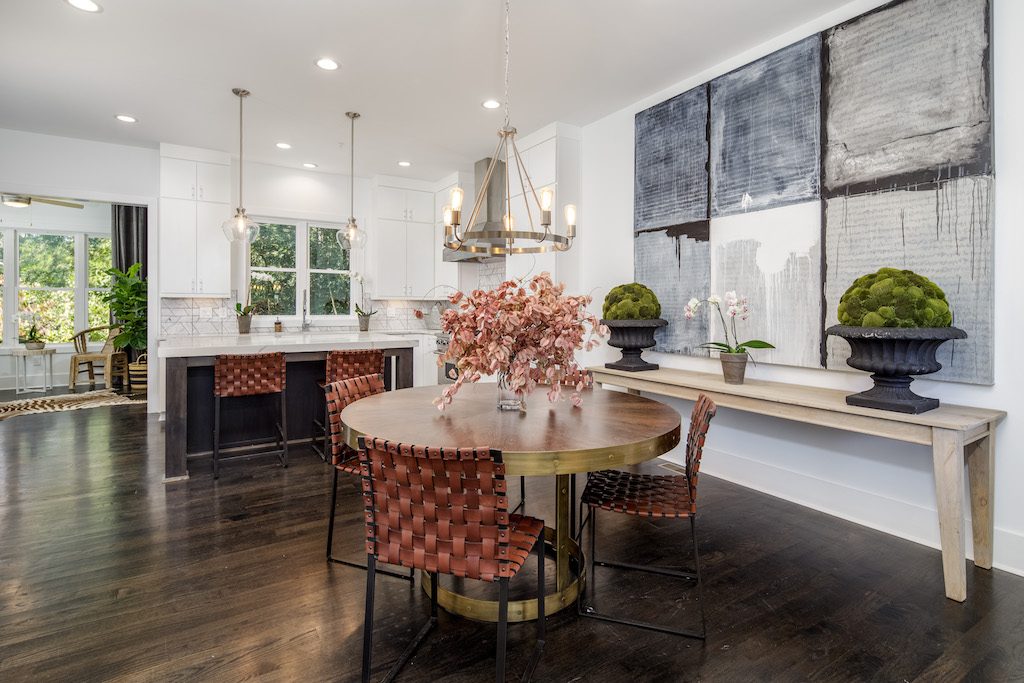


























:max_bytes(150000):strip_icc()/DesignbyEmilyHendersonDesignPhotographerbyZekeRuelas_30-ad51133a857343228a2c56f76a22825f.jpg)







